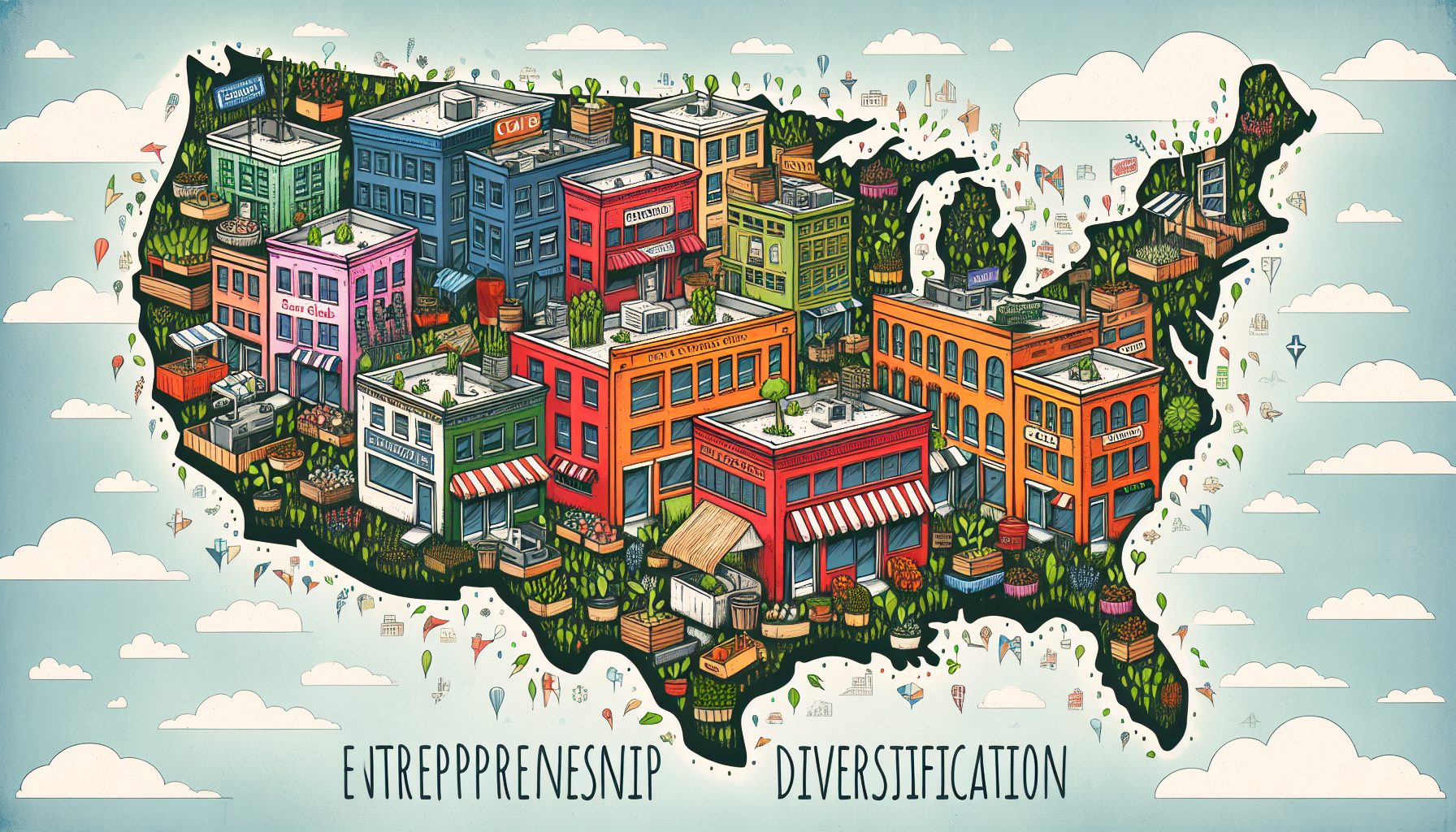In 1989, Aubrey McClendon and Tom Ward, two 29-year-old Oklahoma oil guys, created Chesapeake Energy, which specializes in natural gas–what the two saw as the future of energy.
While Ward retired from the company this year at age 46, McClendon remains as chief executive–the youngest CEO among the top natural gas companies in the U.S. As McClendon told investors last month, his strategy is simple: “All we care about is balancing growth between acquisitions and drilling.”
Chesapeake does a lot of acquisitions–some companies, but mainly properties owned by other companies. He aspires to earn 20% to 25% return on investment from his acquisitions. But you can make much more than that on drilling, he says, upward of a 50% return. To know where to drill and how and for how long, he needs data. Rather, his geologists, exploration managers, legal eagles and marketeers need data.
McClendon sees himself as something of a facilitator between his senior managers. He’s decisive and opinionated, but the company works best, he says, when each of his 13 operations managers can communicate clearly and often with the other 12. And, he says, it’s the job of McClendon’s CIO to make that happen. Baseline senior writer Kim S. Nash talked with McClendon about what he wants from information technology.
Baseline: As chief executive, what’s your approach to information technology?
McClendon: I’ve never thought about it as a cost center. To me, I.T. represents something else. It’s the architectural underpinning of everything we do. Without a first-class I.T. effort with plenty of I.T. talent and equipment, the rest can bog down. [Chesapeake’s technology group] enables us to have our business processes run fast and smoothly, and integrate acquisitions fast, communicate with each other more clearly and mine data more easily. All that should lead to better decisions made faster.
Baseline: What is Chesapeake’s approach to integrating all the acquisitions you do?
McClendon: Most of the time, we don’t acquire other companies, but some of their properties. So you don’t have legacy I.T. systems. But our largest acquisition ever was last fall–a $3 billion acquisition of a company in Charleston, W.Va., that had been around in various forms for 100 years [Columbia Natural Resources]. There were not many systems there capable of communicating with ours. It’s the first time we had an office outside Oklahoma City with dedicated I.T. people. [CIO Cathy Tompkins] and her team definitely had to dive into that.
Baseline: Cathy Tompkins reports to your CFO, Marc Rowland. How involved do you get in I.T.?
McClendon: [Laughing] Every morning, I get involved in e-mail and BlackBerry. But I talk to the department formally once a year. I certainly talk to all the new hires every month throughout the company. I meet with Cathy informally as needed.
Baseline: What do you want to know about technology projects? Do you want to see progress reports from Cathy?
McClendon: The CFO sits right down the hall. We meet all the time. I don’t want to bog Cathy down with reports for me when I can catch it through Marc every day. She participates in a weekly update meeting with other senior managers and gives reports verbally.
Baseline: What piece of technology can’t you live without?
McClendon: E-mail. We make decisions with shared information that I can get 24/7 through the BlackBerry. It makes travel less stressful because you don’t feel like you’re missing out. Making better decisions faster is what it’s all about. I couldn’t imagine managing an enterprise of this scale without the communications tools we have.
Baseline: What kind of data are you most interested in looking at?
McClendon: Rather than me looking at data, what is more important for me is to get feedback from the 13-member management team that they are able to do their job in a way that I.T. has enabled. In terms of diving into the PeopleSoft implementation or the data mining project, I don’t do that. I attend meetings with people who rave about the capabilities of the new applications. What I do is understand the goals of our customers: the operating executives in the company. I hear about the kind of things they want to do– this could work faster, this should change. Those are the kind of conversations I listen in on and make sure everyone’s communicating effectively. In terms of me giving Cathy direction, our conversations are more on where do I see us growing in a year or five years from now, so she can build where we need to build.
Baseline: Chesapeake doesn’t come up with an annual I.T. budget. Cathy manages projects individually.
McClendon: We could do an I.T. budget with a ceiling if our plan for the company were to not grow. But given we are still growing at a very high rate and given that a lot of that growth is acquisition-derived and those can’t be predicted, there’s no reason for me to put her under some capital spending leash that would be artificial. Around here, we change the corporate budget every month depending on results from the field and acquisition opportunities. It’s a very flexible and dynamic organization. I hope what people admire about us more than anything else is that we are very anticipatory of change and we react to change as well as anyone in the industry. To do that, you have to be careful not to get rigid.
Baseline: Have you ever seen I.T. overspend, given what the results of a project were?
McClendon: Technology spending just is so dwarfed by spending on oil and gas wells. We’ll spend $4 billion drilling oil and gas this year, and I don’t know that we’d even spend $25 million on I.T. It’s a rounding error in our business.








